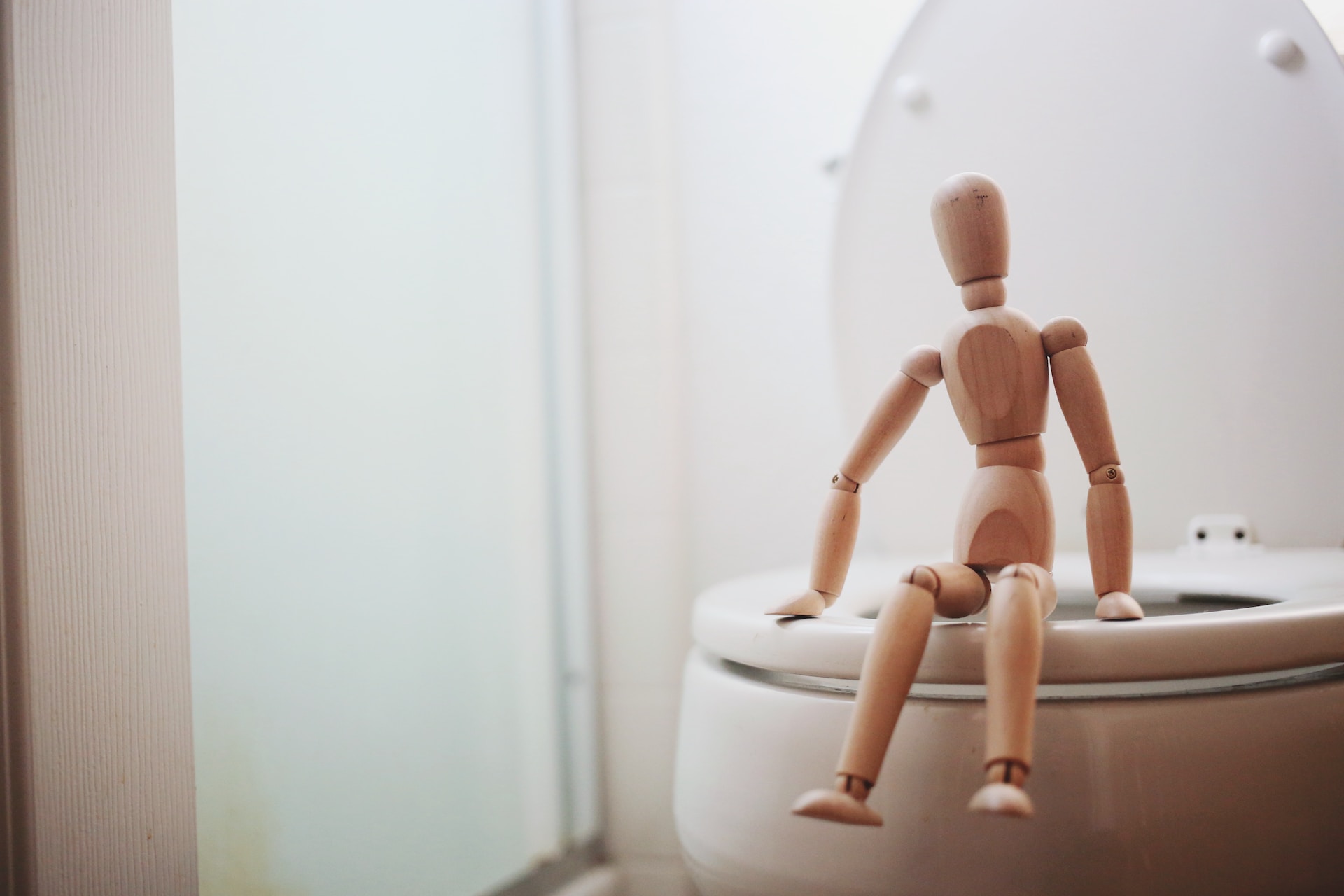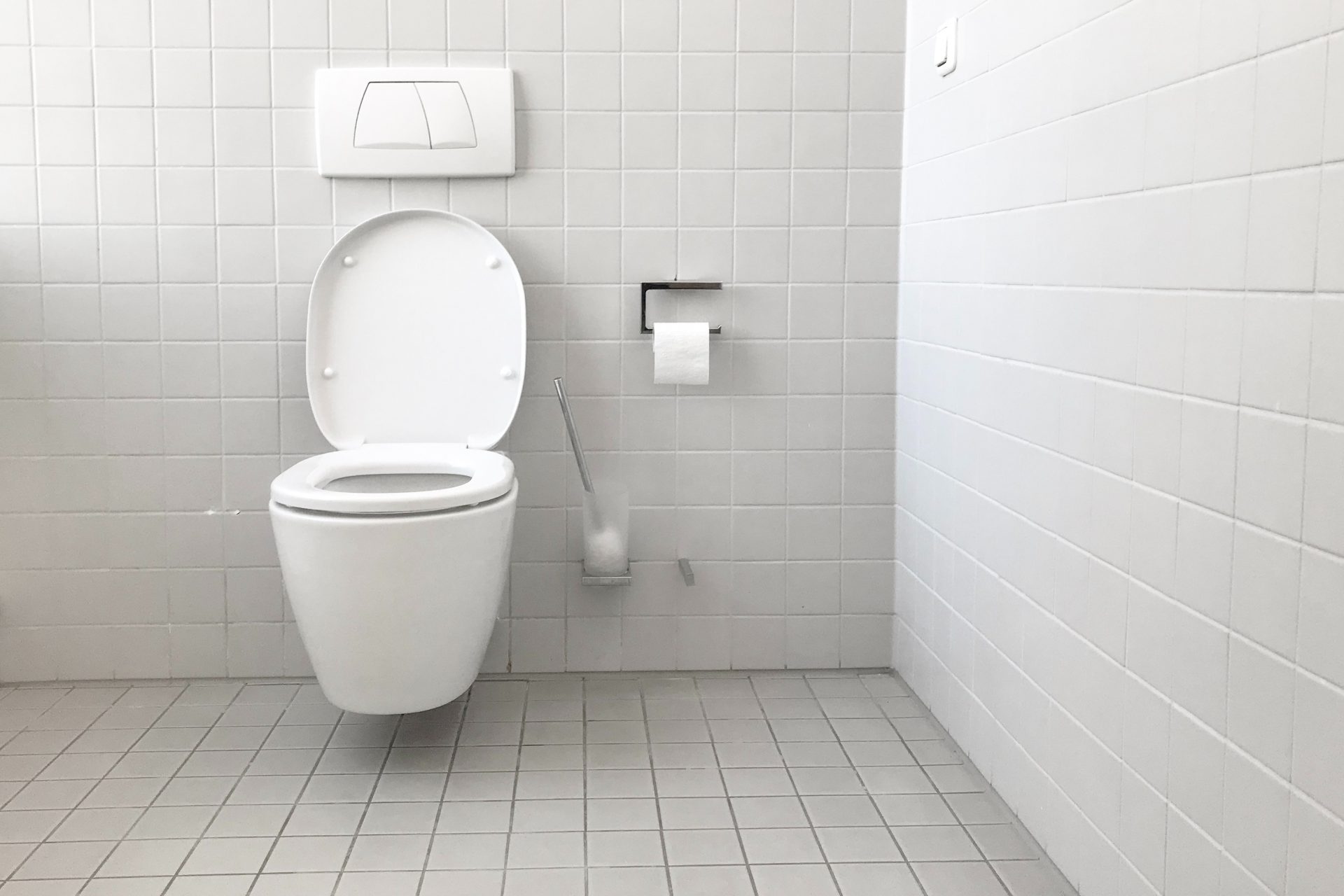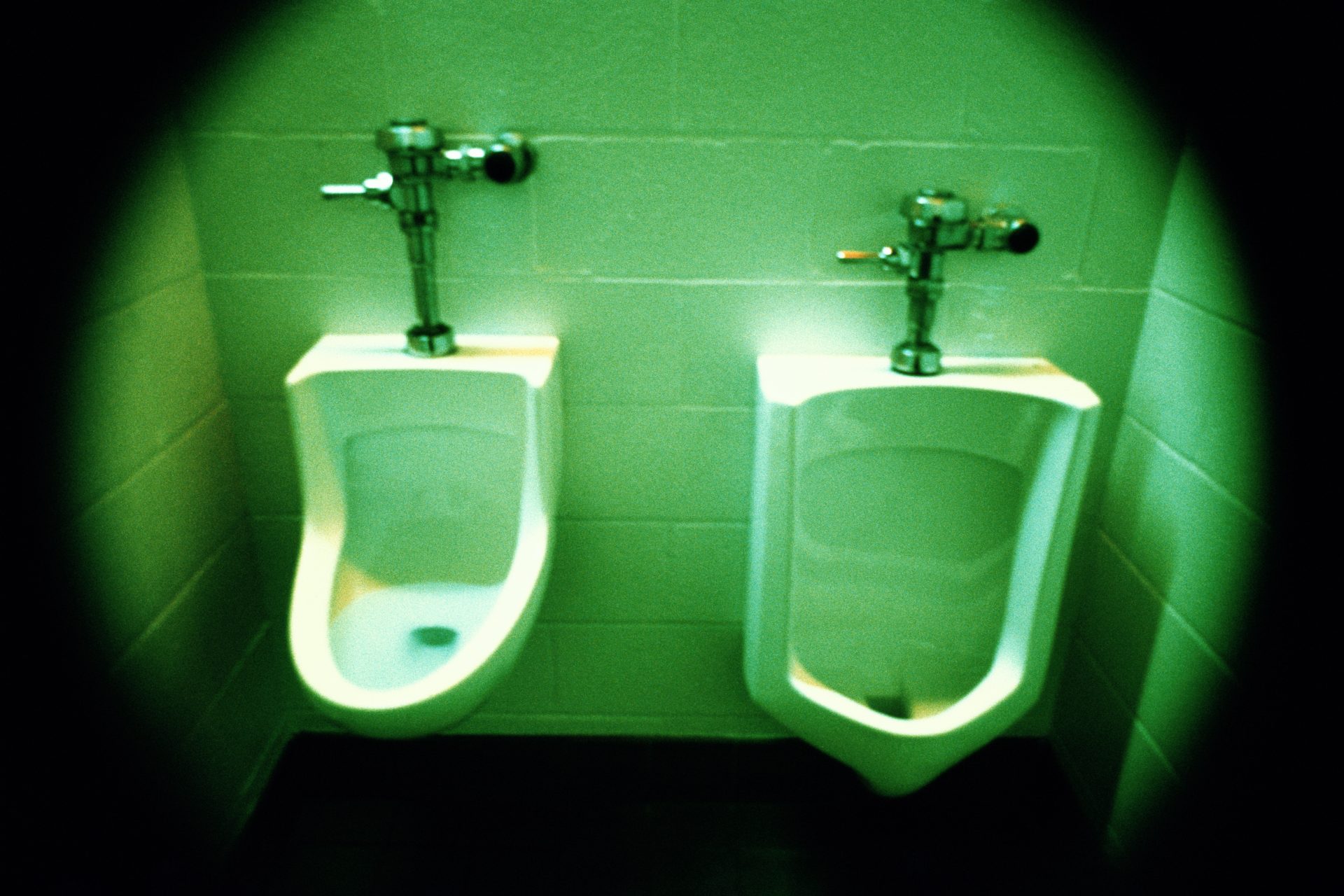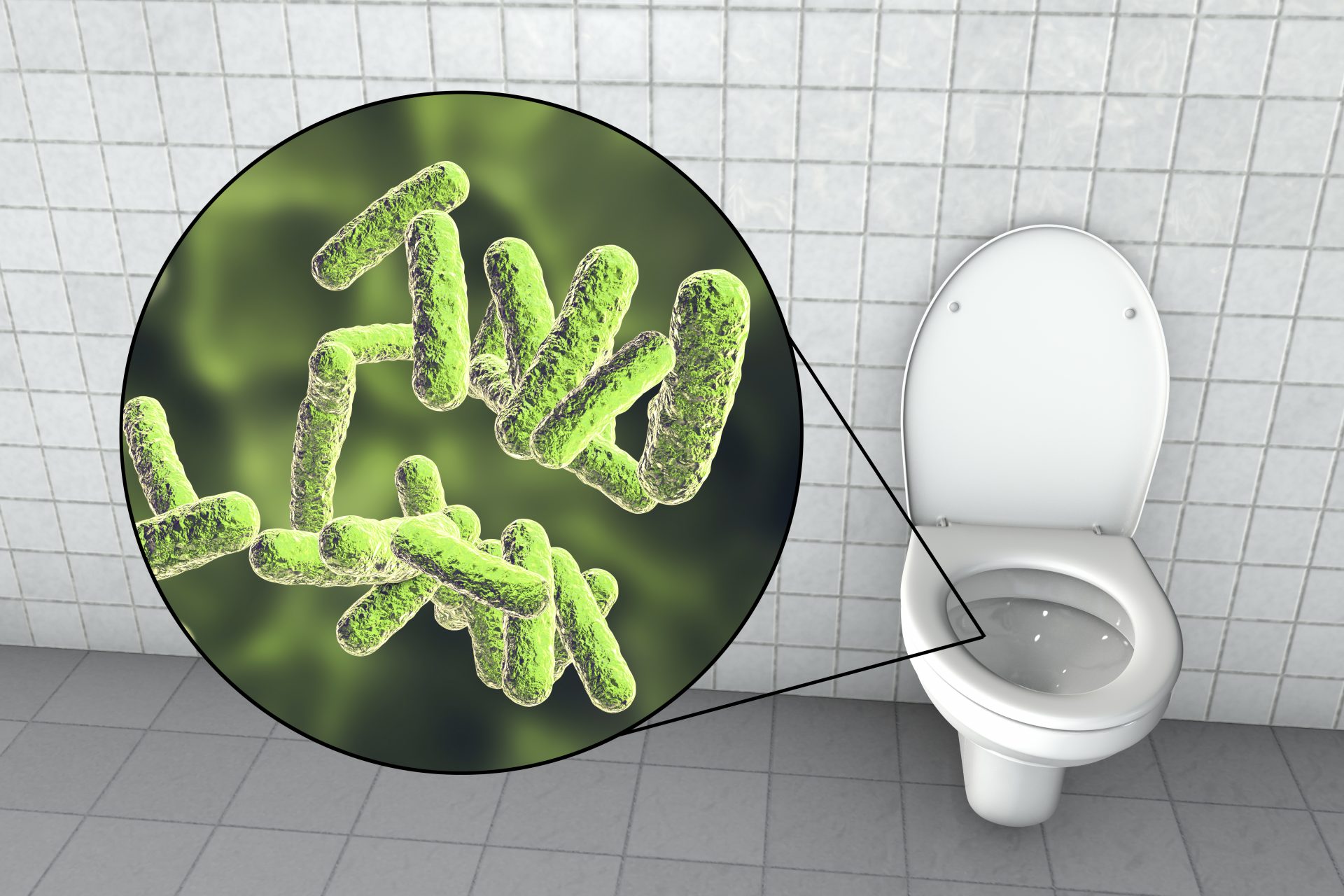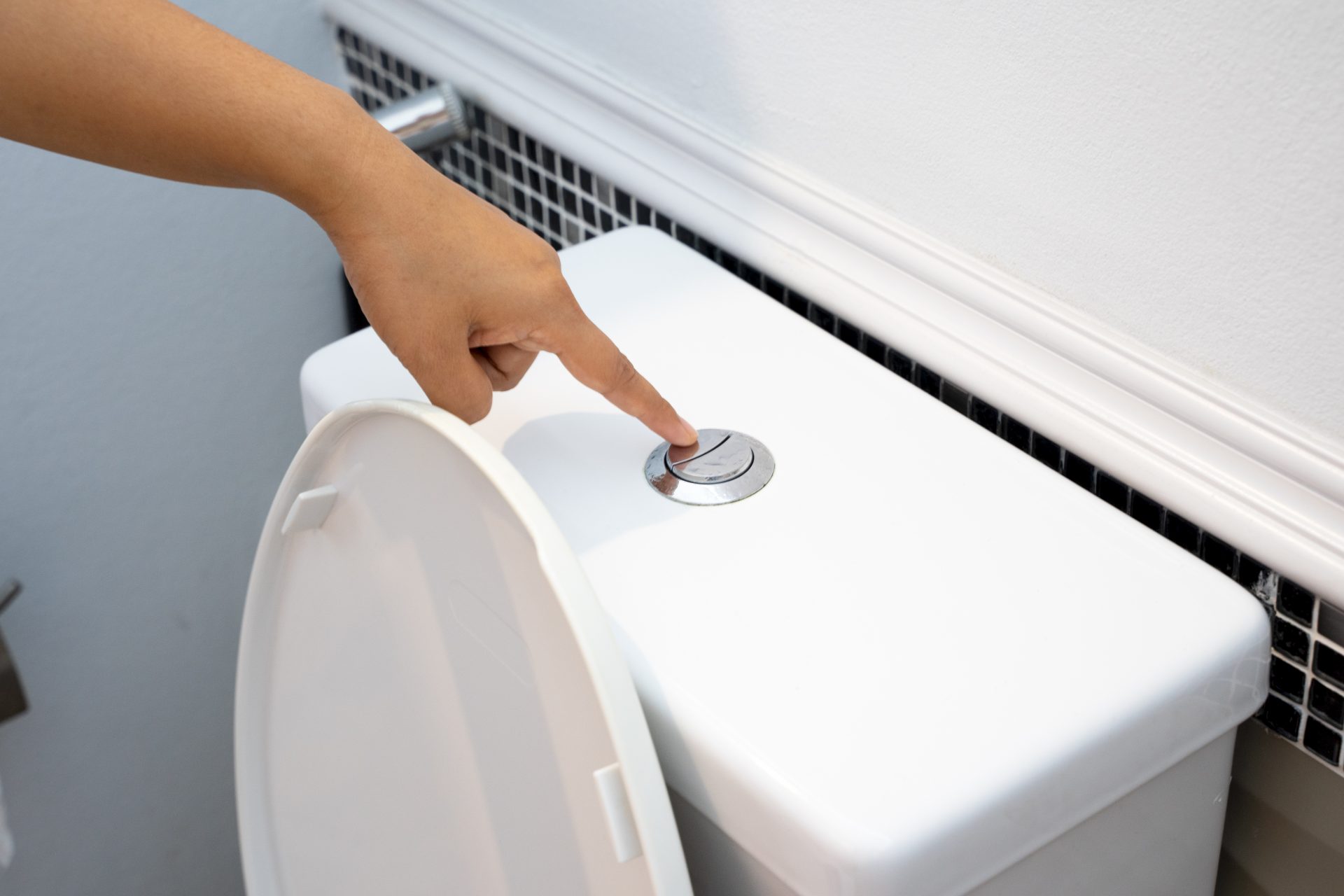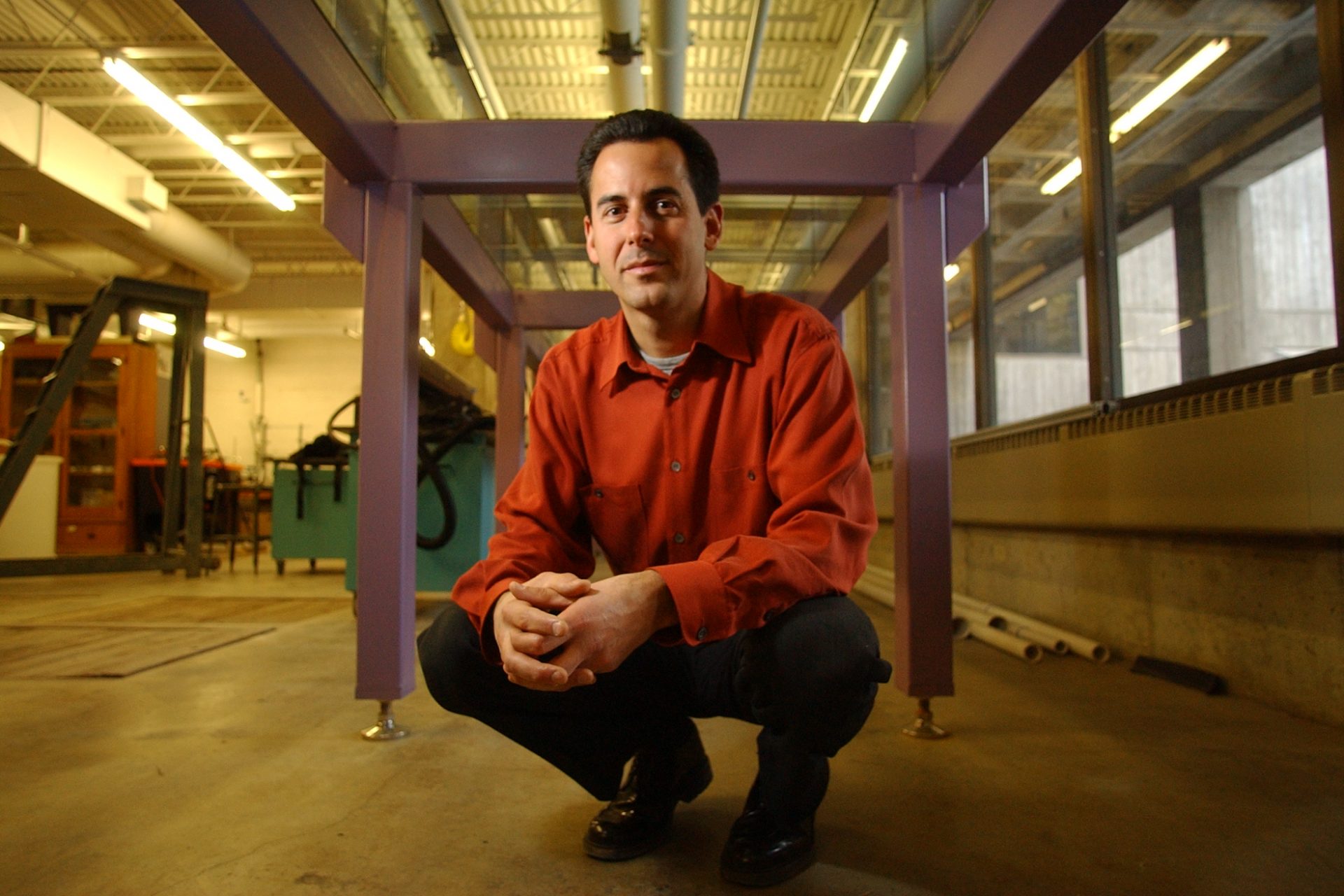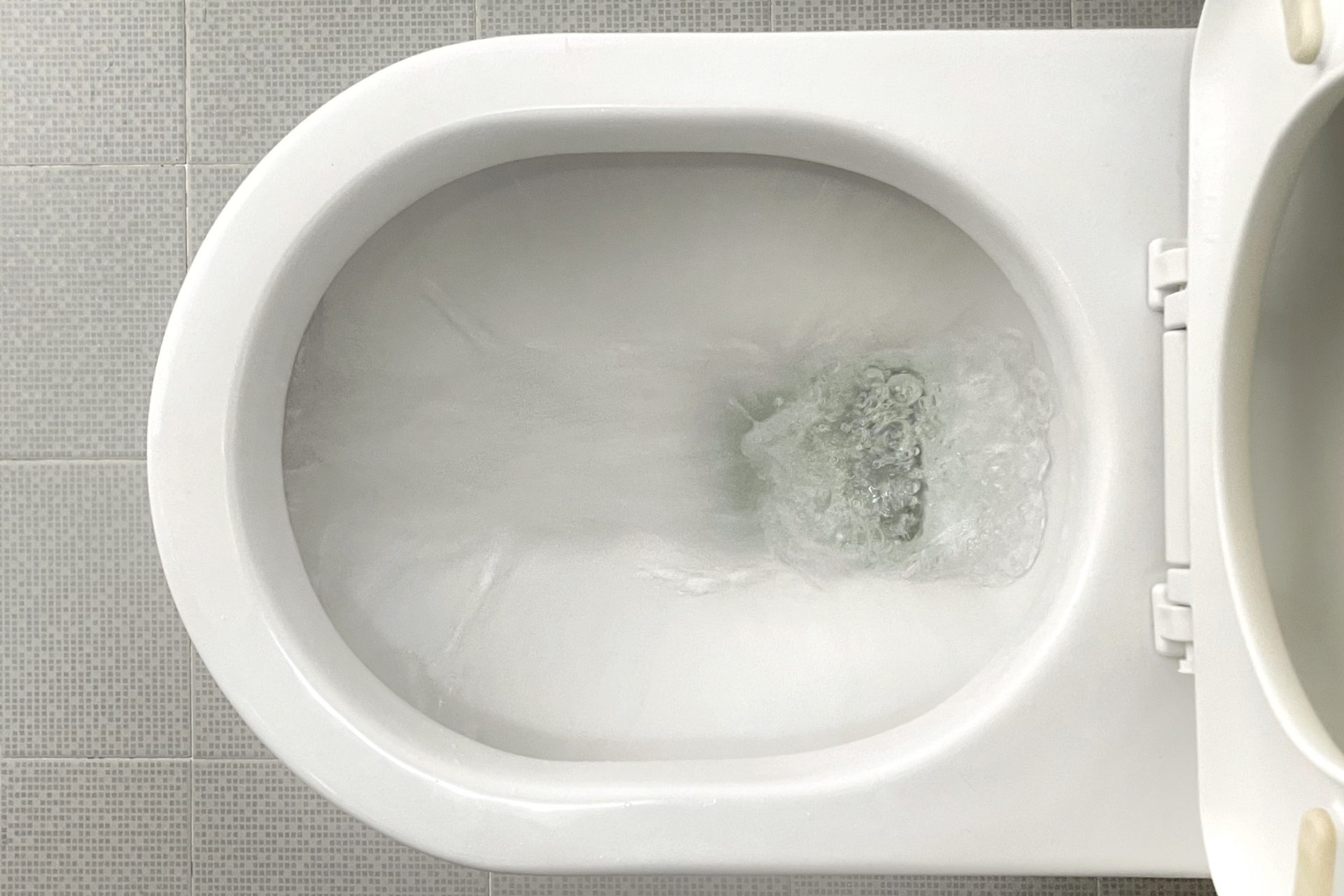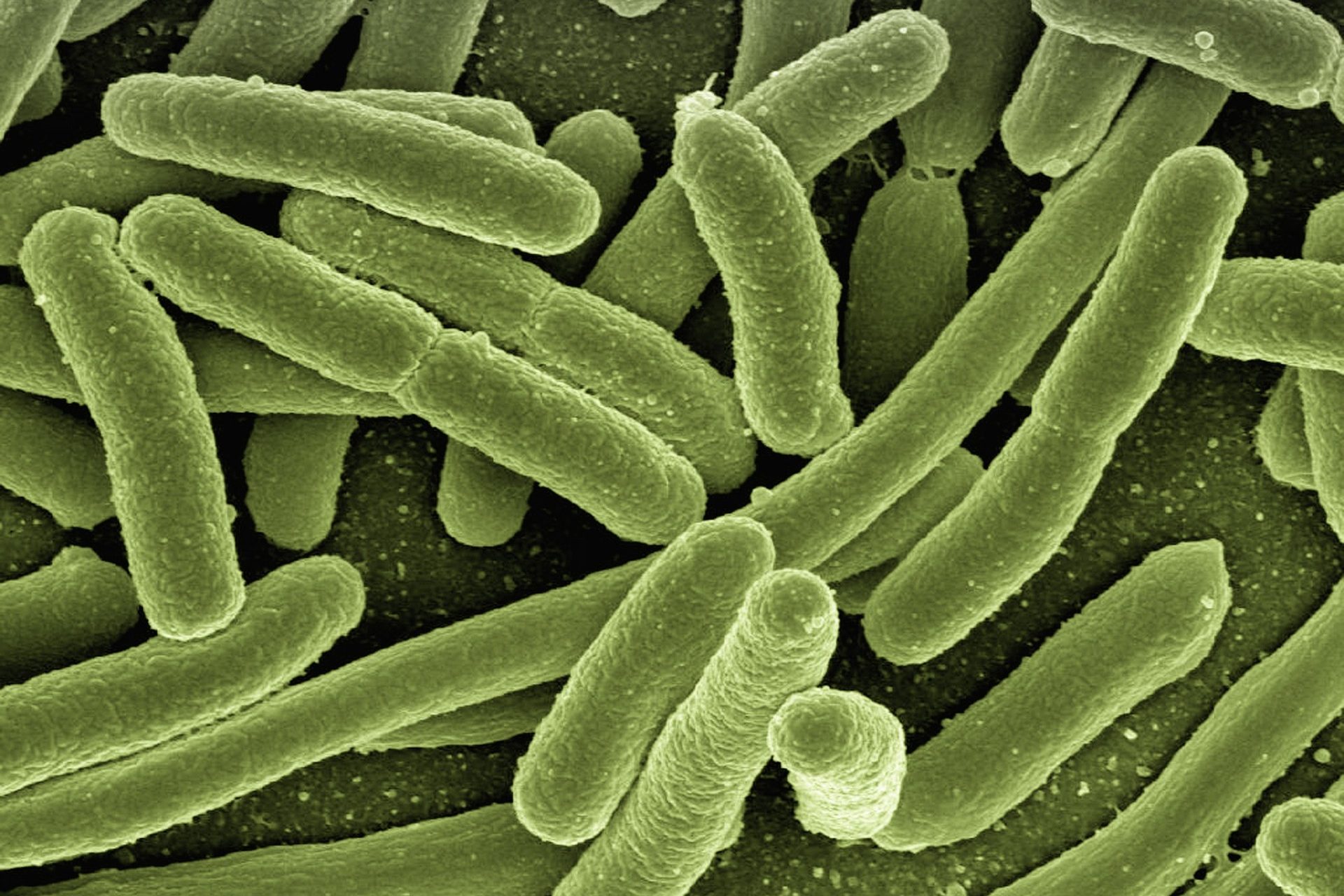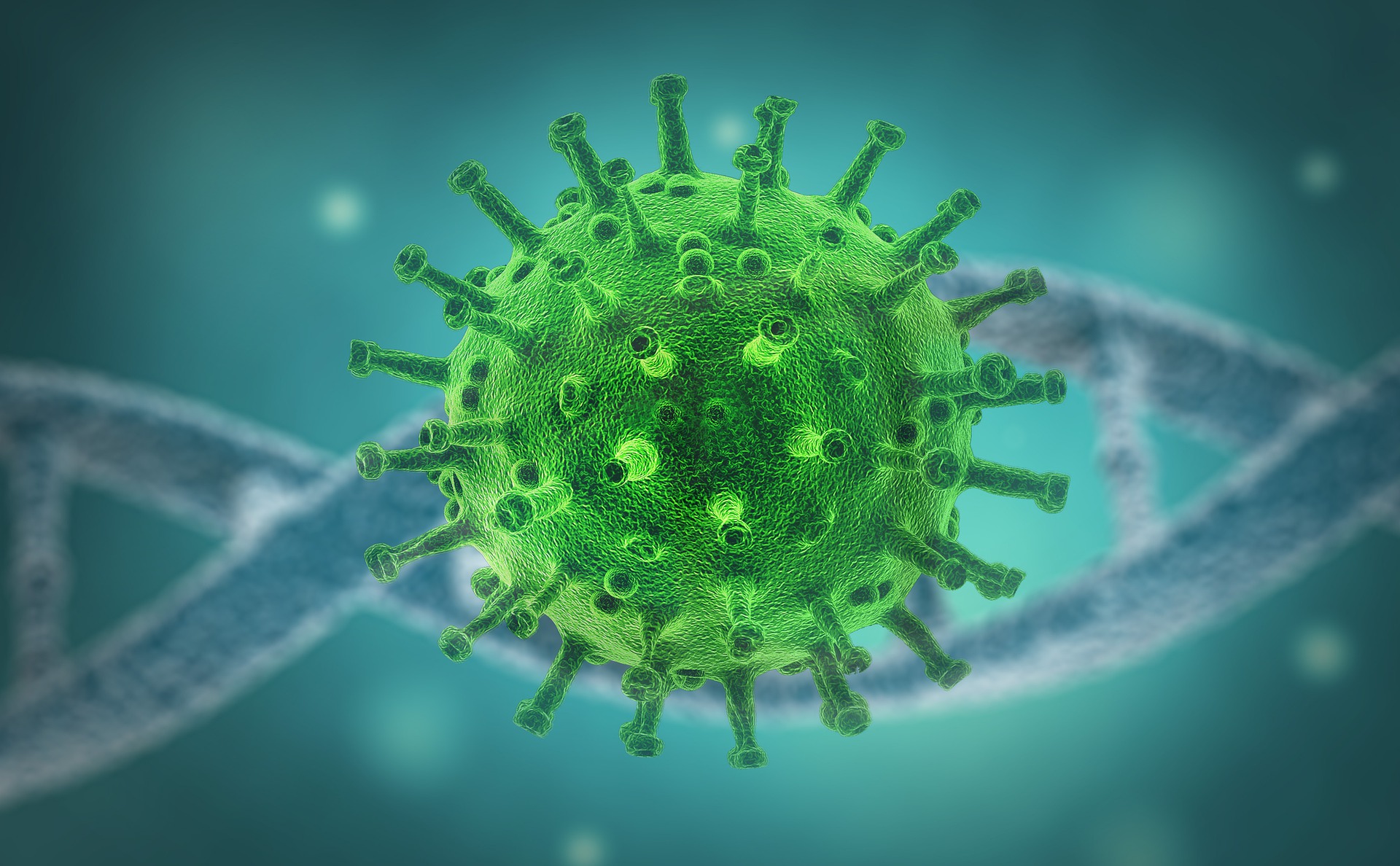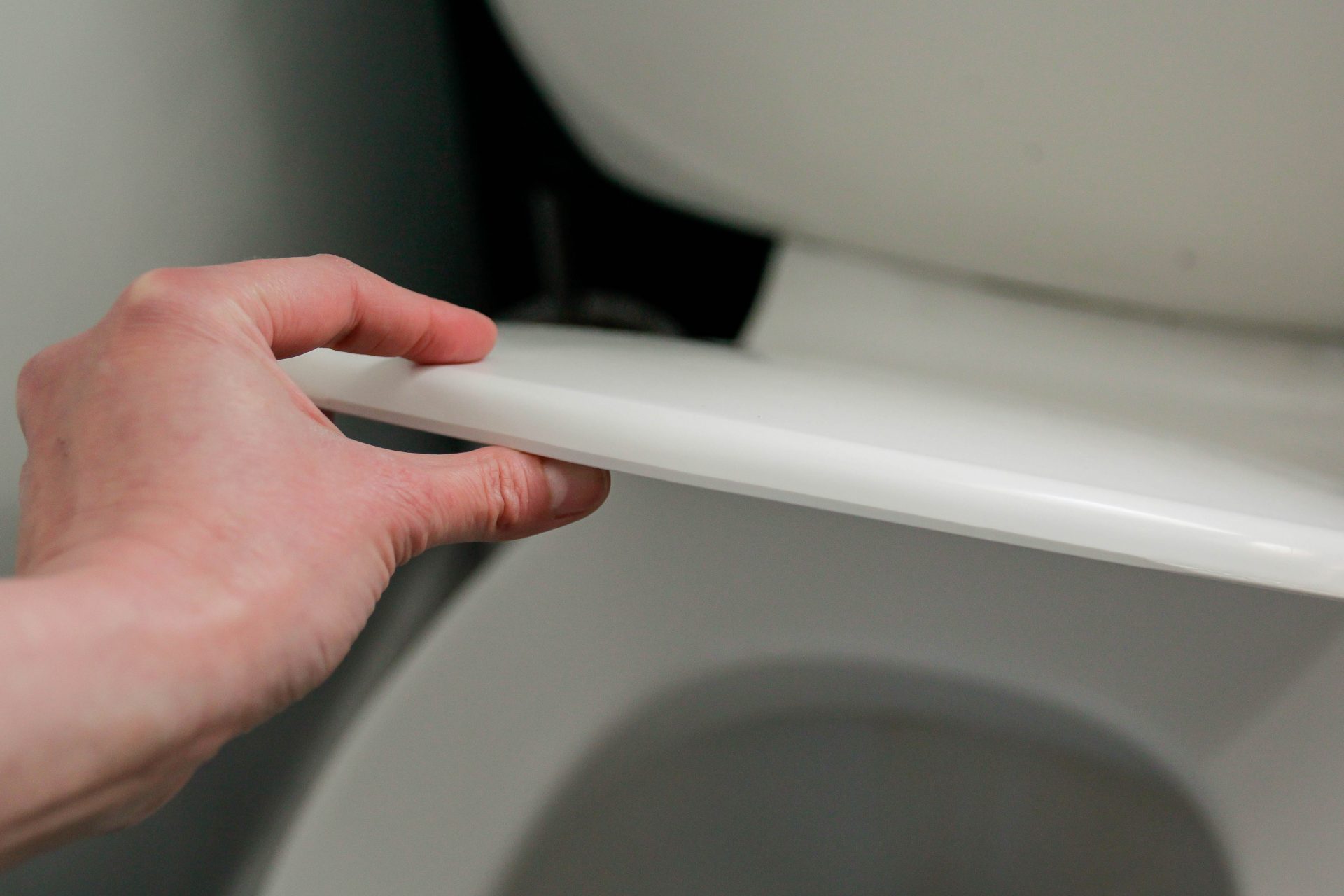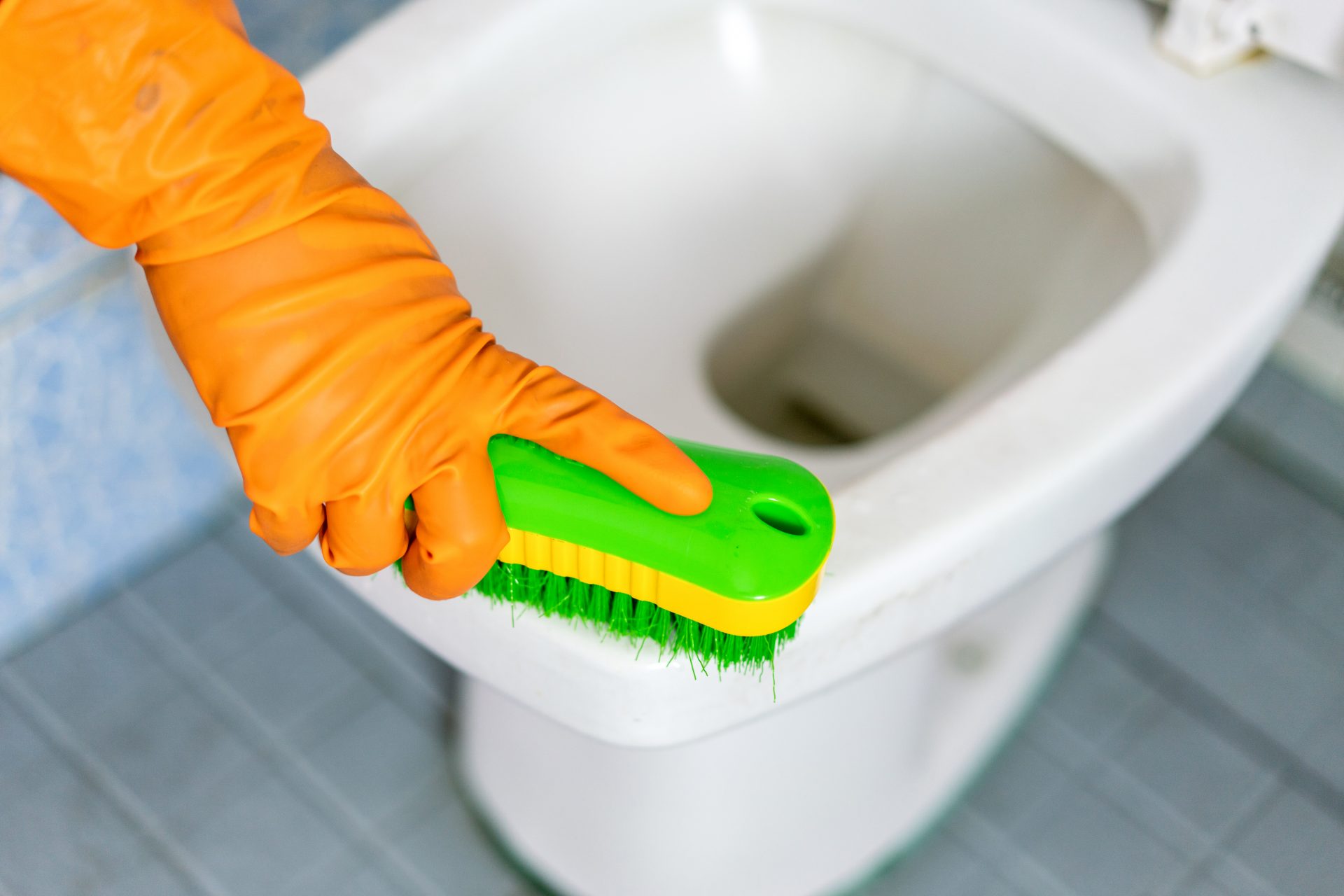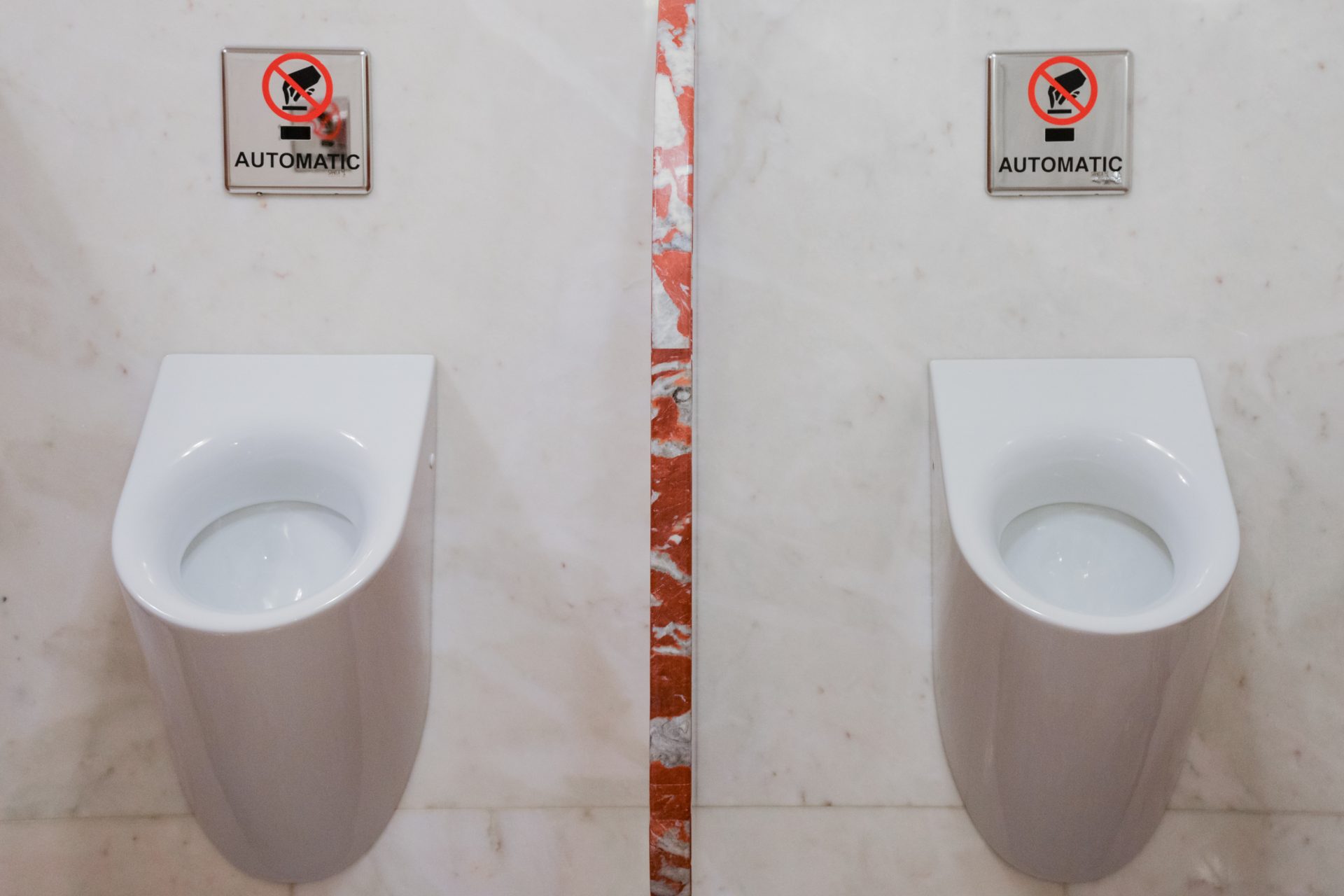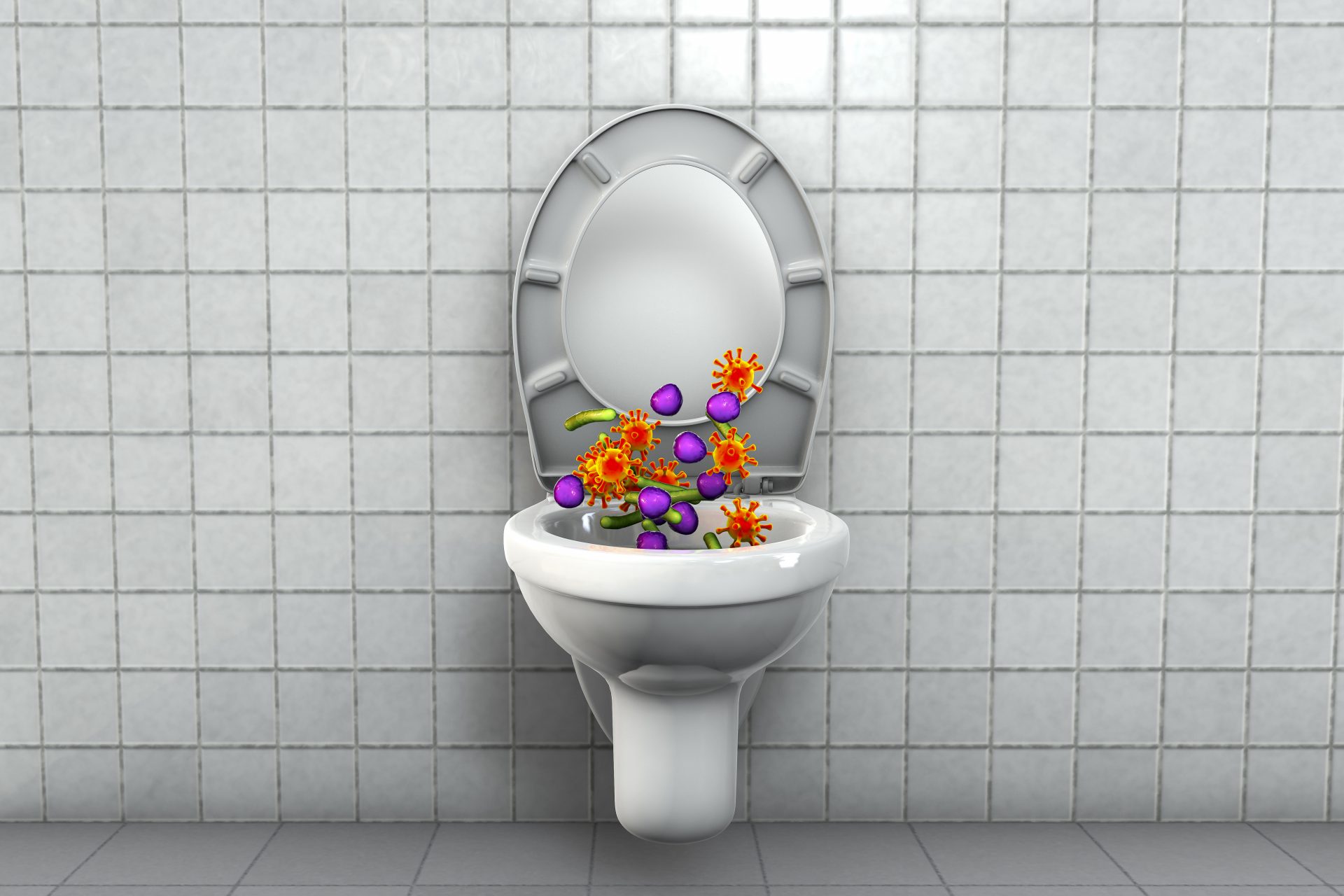Not lowering the toilet lid could be very dangerous for your health
Oval or round in shape, white or other shades, regardless of the model, all toilet lids have been designed to perform a very specific function, but which is very often underestimated by most people.
Not lowering the toilet lid before flushing could in fact be dangerous for the health of the occupants of the house. A study by a group of researchers from the University of Colorado Boulder confirms this.
Credits: Giorgio Trovato from Unsplash
The team of researchers, led by civil and environmental engineer John Crimaldi, decided to check what happens when we flush the toilet without lowering the toilet lid.
Credits: Jan Antonin Kolar from Unsplash
As reported by Science Alert, to develop the experiment, scientists used green lasers and cameras, instruments capable of detecting the effects of a toilet flush in the surrounding environment, when the lid is raised.
Credits: Ralf Vetterle from Pixabay
Two types of lasers were used, one that continuously illuminated the toilet from above and another that emitted pulses of light along the top edge of the bowl to highlight the movement of the particles.
As a result, in the video recorded by the researchers, it is possible to observe a series of small water droplets, invisible to the naked eye, as they rise from the toilet after flushing the toilet.
Crimaldi commented on the video recorded by his team by observing how the column of air that forms after flushing the toilet is much more energetic than previously thought and, above all, the video shows the rapid speed of diffusion of the substance in the surrounding environment.
The engineer Crimaldi (in the image) at the head of the study is keen to point out that he and his team are not epidemiologists, therefore it is not their task to make calculations regarding the potential for the spread of diseases, but he states that the study is certainly useful for other research on bacteria-laden aerosols.
What certainly leaves one disconcerted (and even disgusted) is the height reached by the microscopic drops of water: up to a maximum of 2 meters for each time you flush the toilet, moreover, moving in every direction.
On Science Alert we read that larger droplets settle quickly on surfaces, while smaller ones can remain in the air for several minutes.
Credits: Gerd Altmann from Pixabay
Crimaldi commented on the result: “We predicted that these aerosol particles would simply float upwards, but they came out like a rocket. The purpose of the toilet is to effectively remove waste from the bowl, but it is also doing the opposite, namely spraying lots of content upwards."
Credits: PIRO from Pixabay
Furthermore, it must be considered that during the experiment the water in the toilet was clean and there were no people moving, as could instead happen in private homes or public bathrooms, all factors that would influence the path and composition of droplets.
Credits: Possessed Photography by Unsplas
What remains evident in the video recorded by the scientists is, without a doubt, the great possibility that the particles expelled from the toilet can easily stick to surrounding surfaces such as the floor, walls, towels, toothbrushes, clothes, etc.
Credits: Sanibell BV from Unsplash
As you might guess, the small droplets of water that float in the bathroom after flushing are contaminated with pathogens. It is almost always E-Coli and Clostridium difficile that come from feces and urine.
Credits: Pixabay
This is why lowering the toilet lid before flushing becomes a fundamental act when using a bathroom.
In this way all contaminated particles will remain attached to the lid which can be cleaned and disinfected adequately at a later time.
The problem continues to persist in public bathrooms, where toilet bowls often have no lid, a situation that should be improved with the adoption of new toilet models.
“If it's something you can't see, it's easy to pretend it doesn't exist,” Crimaldi says. “But once you see these videos, you'll never think about flushing the toilet the same way again.”
More for you
Top Stories




